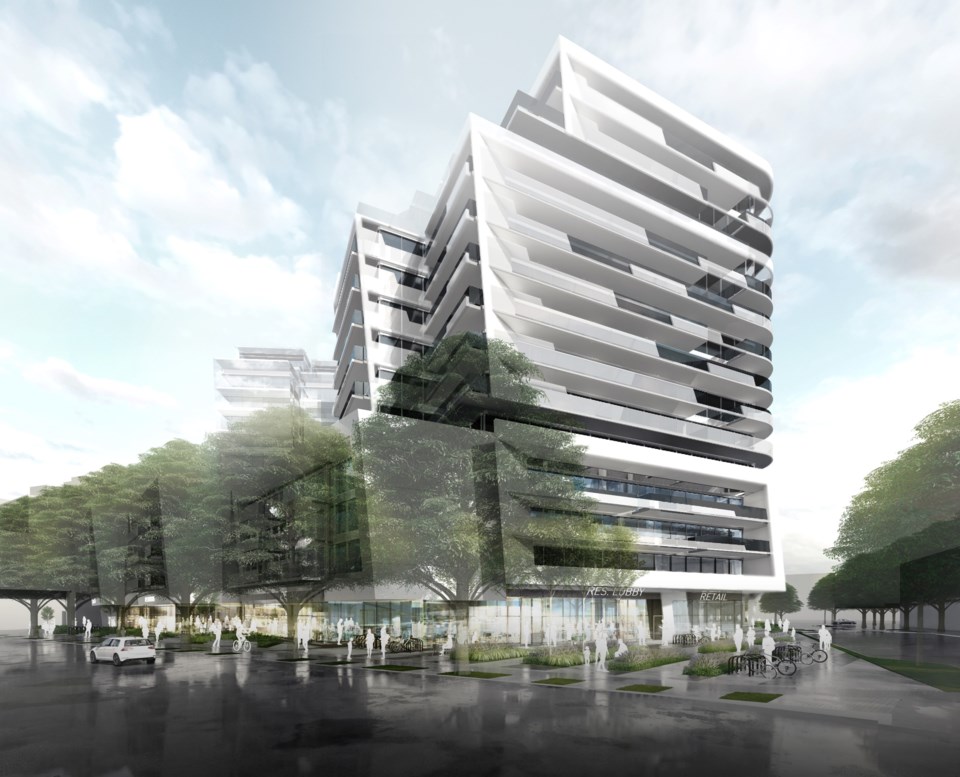A hotel and residential development next to the Olympic Oval got the go-ahead from Richmond city council Monday.
Having passed first reading before Nov. 15, the Landa Oval development will only be required to build 10 per cent affordable housing units. As of Nov. 15, any new approved large developments in city centre will need to dedicate 15 per cent of their floor space to affordable housing units.
Coun. Andy Hobbs argued for allowing the project to pass now to secure 10 per cent affordable units, saying that was the policy in place for this project.
“This application has made it under those rules,” he said.
Coun. Michael Wolfe, however, pointed out if city council had waited a few more weeks – after the Nov. 15 deadline – the city could have secured 17 or 18 more affordable housing units.
As it is, the development will have 35 low-end market rentals out of 356 residential units being built.
Benefits to the city from the Landa development come in the way of a $6 million contribution to community amenities, 52 parking stalls for use by Oval patrons during special events and a $330,000 public art contribution.
While the majority voted in favour of the project, both Couns. Bill McNulty and Chak Au said they were reluctant to approve it.
At a previous meeting, McNulty expressed concern about the lack of community benefits, and questioned the 52 parking spots for use by Oval patrons.
The parking spots, however, were agreed upon before Landa Oval bought the property, something the city had asked for.
In the end, only Couns. Wolfe and Carol Day voted against it.
For Wolfe, there also weren’t enough community benefits or anything for non-profits.
City staff, however, told council they had analyzed whether community facilities were needed in the area, and concluded they weren’t. Furthermore, non-profits were needing space in transit-oriented areas.
As for the energy technology proposed for the project, Wolfe also the energy system the developer was planning to use wasn’t “very leading edge.”
Day expressed concerns about the businesses being displaced and said she didn’t care about the 52 parking spots.
As for the parking revenue, Wayne Craig, the city’s director of development, told council that the parking revenue from the 52 spots would be retained by the owner.
The two properties were previously zoned industrial, but the Official Community Plan (OCP), created in 2012, designated the area for high-density residential and commercial development.



